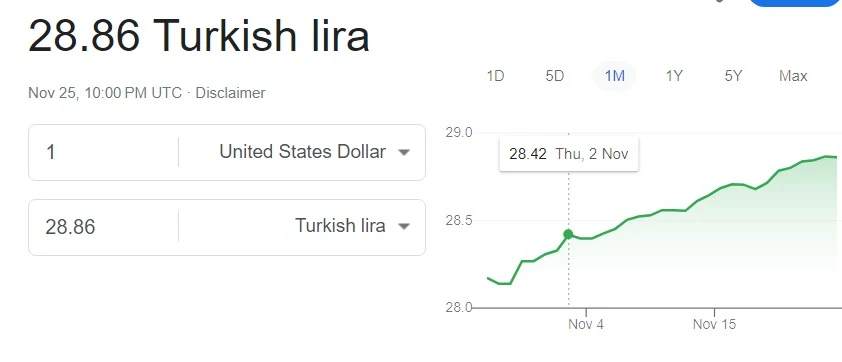Building a A Comprehensive Guide
In today's digital age, currency exchange is more accessible than ever before. People from all around the world need to convert their money to different currencies for various purposes, such as travel, business, or investments. This is where a currency exchange website comes into play, offering a convenient and secure platform for users to perform these transactions. In this blog post, we will explore how to create a currency exchange website using C++.
Table of Contents
1. Introduction
2. Setting Up the Development Environment
3. Designing the User Interface
4. Currency Conversion Logic
5. User Authentication and Security
6. Testing and Debugging
7. Deployment
8. Conclusion
1. Introduction
In this section, we will provide an overview of what a currency exchange website is and why it's valuable for users. We'll also outline the technologies and tools we will be using to build our website.
2. Setting Up the Development Environment
To get started, you'll need a development environment that supports C++ web development. We will walk you through the installation of necessary tools, libraries, and frameworks, such as C++ web frameworks, database systems, and development IDEs.
3. Designing the User Interface
A user-friendly and intuitive interface is crucial for any web application's success. Here, we will create the front-end of our currency exchange website, designing pages for currency selection, input forms, and real-time exchange rate display. We'll also discuss responsive design for mobile users.
4. Currency Conversion Logic
The heart of our currency exchange website is the currency conversion logic. We will dive into the back-end development, where we'll implement the algorithms to fetch real-time exchange rates from trusted sources and perform currency conversion. We'll also explore error handling and data validation.
5. User Authentication and Security
Security is paramount when handling financial transactions. We will cover user authentication, encryption, and best practices for securing sensitive data. Users' trust in your platform is essential.
6. Testing and Debugging
Quality assurance is key to a successful website. We will guide you through the testing phase, including unit testing, integration testing, and debugging. We'll discuss tools and strategies to ensure your website functions flawlessly.
7. Deployment
With a fully functional and secure currency exchange website, it's time to deploy it to a production environment. We'll explore different hosting options and provide a step-by-step guide to deploy your website for the world to access.
8. Conclusion
In the conclusion, we'll recap the essential steps and knowledge you've gained in building a currency exchange website. We'll also highlight potential areas for future improvements and expansions, ensuring your website stays competitive and relevant in the ever-changing financial technology landscape.
```cpp
// Example C++ code for fetching exchange rates from an API
#include <iostream>
#include <curl/curl.h>
int main() {
CURL *curl;
CURLcode res;
curl = curl_easy_init();
if(curl) {
curl_easy_setopt(curl, CURLOPT_URL, "https://api.example.com/exchange-rates");
res = curl_easy_perform(curl);
if(res != CURLE_OK) {
std::cerr << "Error: " << curl_easy_strerror(res) << std::endl;
}
curl_easy_cleanup(curl);
}
return 0;
}
```
END
This comprehensive guide should serve as a solid foundation for creating your own currency exchange website. Remember, while C++ is a versatile language for building the back-end of your web application, you can use other technologies for front-end development. Stay updated with the latest trends in the financial technology sector and continuously improve your website to provide a seamless experience for your users. Happy coding!






